Raw Feeding Calculator
Safe, simple, and expert-developed.
Creates only validated recipes from your selected ingredients.
Try our free demo! 🐈 🐕
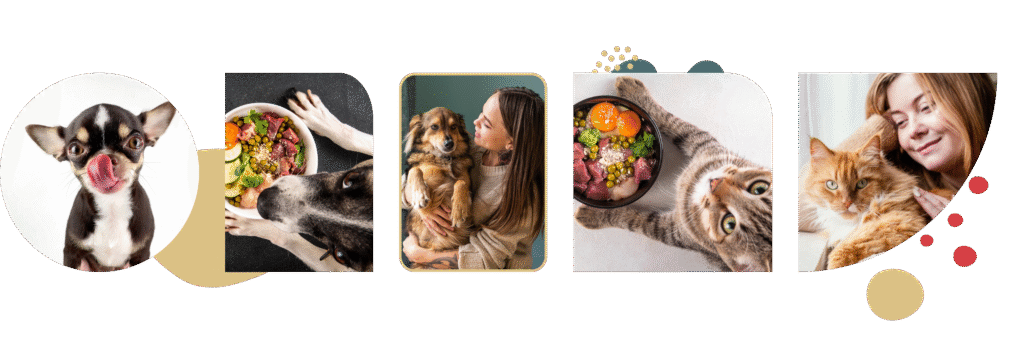
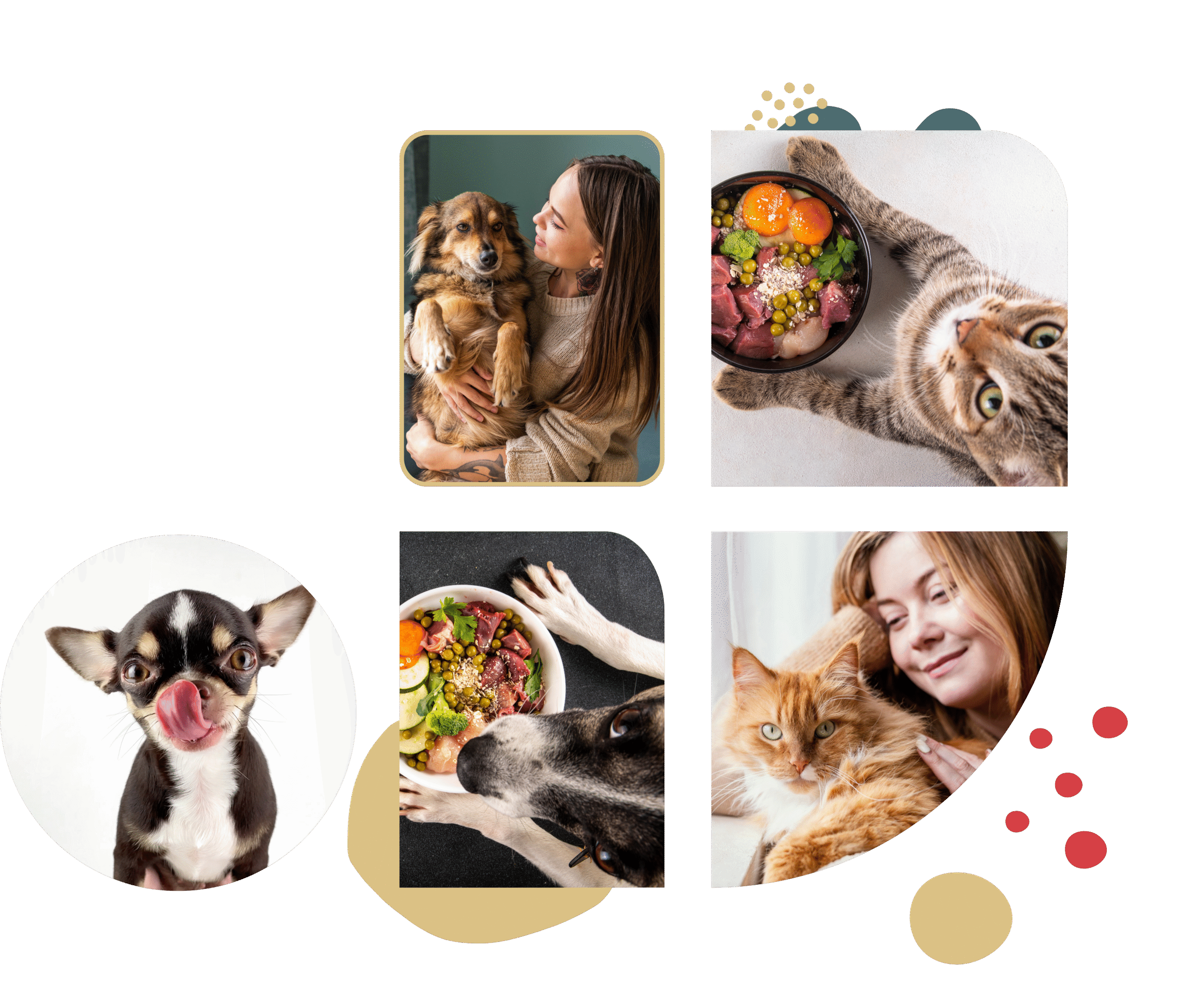
Quick start video tutorial
How to start?
1. Register
Create an account, confirm by clicking the link in your email, then create profiles for your pets.
2. Create suplement basket
Our "Supplements" section shows you exactly what to purchase. You'll then use this supplement kit across all recipes.
3. Add your pets
Answer a few questions and our setup wizard will build your pet's profile and customize their dietary parameters (cats supported, dogs in development).
4. Create a recipe
The demo gives you a taste - full portion amounts are available with a subscription to access the complete calculator.
5. Mix and serve
Your recipe is ready! Remember to switch up the meats and rotate recipes regularly for variety.
Important
All generated recipes are nutritionally validated. Macronutrient balance and supplementation are automatically handled.
Chcesz wiedzieć więcej?
Mamy dla Ciebie darmowego ebooka, napisanego przez lekarkę weterynarii i dietetyczkę. Wszystko, co może być przydatne na start w pigułce!
Meet the team
Meet our interdisciplinary team. It took many areas of expertise to create a tool this precise, safety-guaranteed, yet friendly and simple to use.

Piotr Knapik
Founder & Lead Engineer
Co-author of Meatpoint Diet, developer, and BARF practitioner.
Combining scientific knowledge with hands-on experience to create meatpoint.io – a calculator grounded in credible research.
Karolina Zawadzka
Founder & Product designer
Educational background in psychology, professional expertise in Product Design, and a personal passion for cats – this combination created meatpoint. I continuously enhance the platform with a focus on optimal user experience.


Lidia Gładysz
Vet Tech and Nutritionist
Co-author of meatpoint.io. I work as a veterinary technician while running private consultations. I’m passionate about animals – my three cats thrive on BARF diets. Life without animals is simply unimaginable for me.
Anna Michalska
DVM and Animal Nutritionist
As a veterinarian focused on animal nutrition, I’ve devoted my career to developing quality, practical diets for pets after comprehensive specialized training. I educate pet owners through articles, podcasts, videos, and consultations.

What people say

This calculator eliminates all excuses - no more "I don't know how." Meatpoint handles nearly everything for you. It's intuitive, straightforward, and virtually foolproof. Recipe creation becomes an absolute joy.
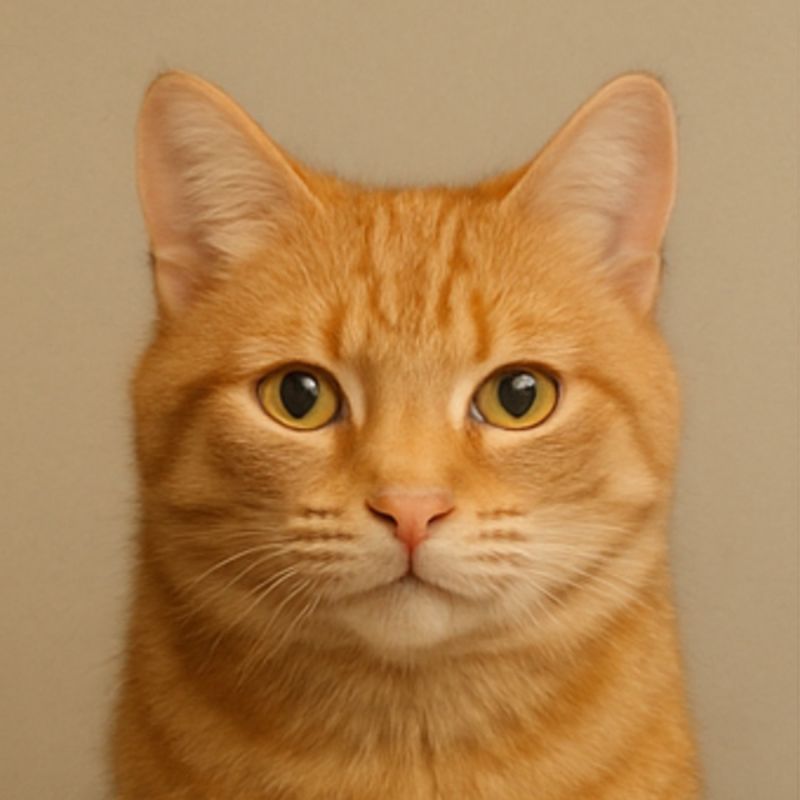

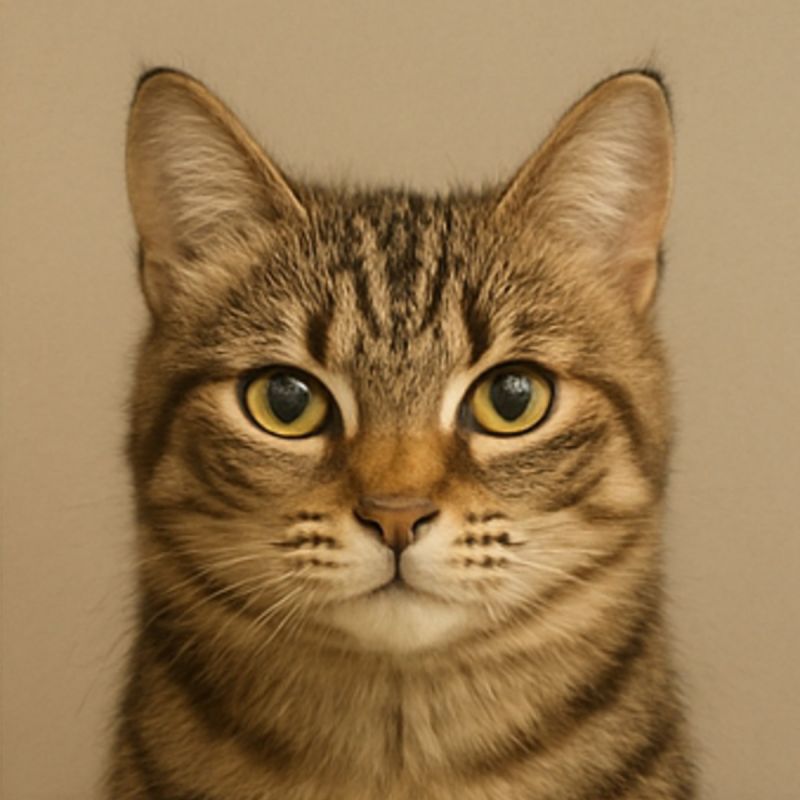




Academic Reviews




FAQ
A: Absolutely not. The app handles all nutritional calculations and supplement selection for you. Your role is simple: buy the listed ingredients, weigh them, mix, and freeze. Our system guarantees every recipe is nutritionally complete and safe – there’s zero chance of getting it wrong.
A: We supplement BARF because meat and organs alone don’t provide all essential nutrients. Cats and dogs in the wild eat whole prey – we need to replace missing calcium from bones or taurine for cats.
You’ll find the supplement list after creating a free account in the “Supplements” tab. Pick a product and save your set – it’ll be used in all your recipes from then on. Some supplements you can get at the pharmacy or share with your pet (vitamin D, vitamin E). You’ve got salt in your kitchen, probably egg yolks too.
A: It’s a myth that you need extensive testing and custom supplementation based on blood work before switching to BARF.
We recommend regular checkups that catch issues before symptoms appear – once a year until age 7, then every 6 months. It’s smart to time your diet change with these routine health checks. If your pet is healthy, you’re good to go.
A: If your cat only wants dry food or low-quality wet food, it’s simply because they like how it tastes. These foods are loaded with flavor enhancers that make them super appealing.
The key is making a good decision about the change and sticking to it. You’re in charge, not the cat. You can’t explain to them that they need to give up the equivalent of junk food for healthy turkey and broccoli because it’s better for their health.
For picky cats like this, you need to slowly and consistently expand their diet to avoid rebellion and stomach issues.
A: Yes, absolutely! You can prepare a cooked diet known as BACF (Biologically Appropriate Cooked Food). Meatpoint.io fully supports creating balanced cooked diets using the same calculator you’d use for raw diets.
BACF is an excellent alternative in these situations:
- For animals with compromised immune systems
- For animals that won’t accept raw meat
- For animals during recovery periods
- When you have concerns about bacteria in raw meat
The meatpoint.io balancing formula (MPD, or MeatPoint Diet) is based on the latest scientifically determined standards and is regularly updated based on the latest scientific research. Our basic standards are based on the guidelines of three organisations:
- NRC (National Research Council) — an American organisation that is part of the National Academies of Sciences, which develops nutritional standards for dogs and cats based on years of scientific research
- FEDIAF (European Pet Food Industry Federation) — a European organisation that publishes nutritional guidelines for companion animals, which are a review of NRC data enriched with current scientific research
- AAFCO (Association of American Feed Control Officials) — an American organisation that regulates nutritional standards for animal feed
We obtain the nutritional values of ingredients from official nutritional databases in Europe, the United States, Asia and Australia, all backed by scientific research. Our algorithm has undergone scientific review, and our team works with recognised experts in the field of dog and cat nutrition
The MPD algorithm includes safety mechanisms — it only passes and presents safe recipes to pet owners. Each calculated recipe is automatically verified for all nutritional parameters before being displayed to the user.
We partner with the Raw Cats and Dogs Foundation:

The meatpoint.io dietary calculator is the official tool for the Dog and Cat Nutrition course led by Agnieszka Cholewiak-Góralczyk and Katarzyna Towalewska.
It’s actively used by over 100 nutritionists in their daily work!
We support feline welfare organizations:
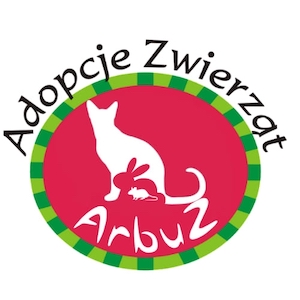
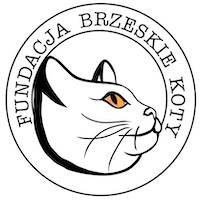






Ready to start your Raw Feeding journey?
For your pet, this could be the adventure of a lifetime!